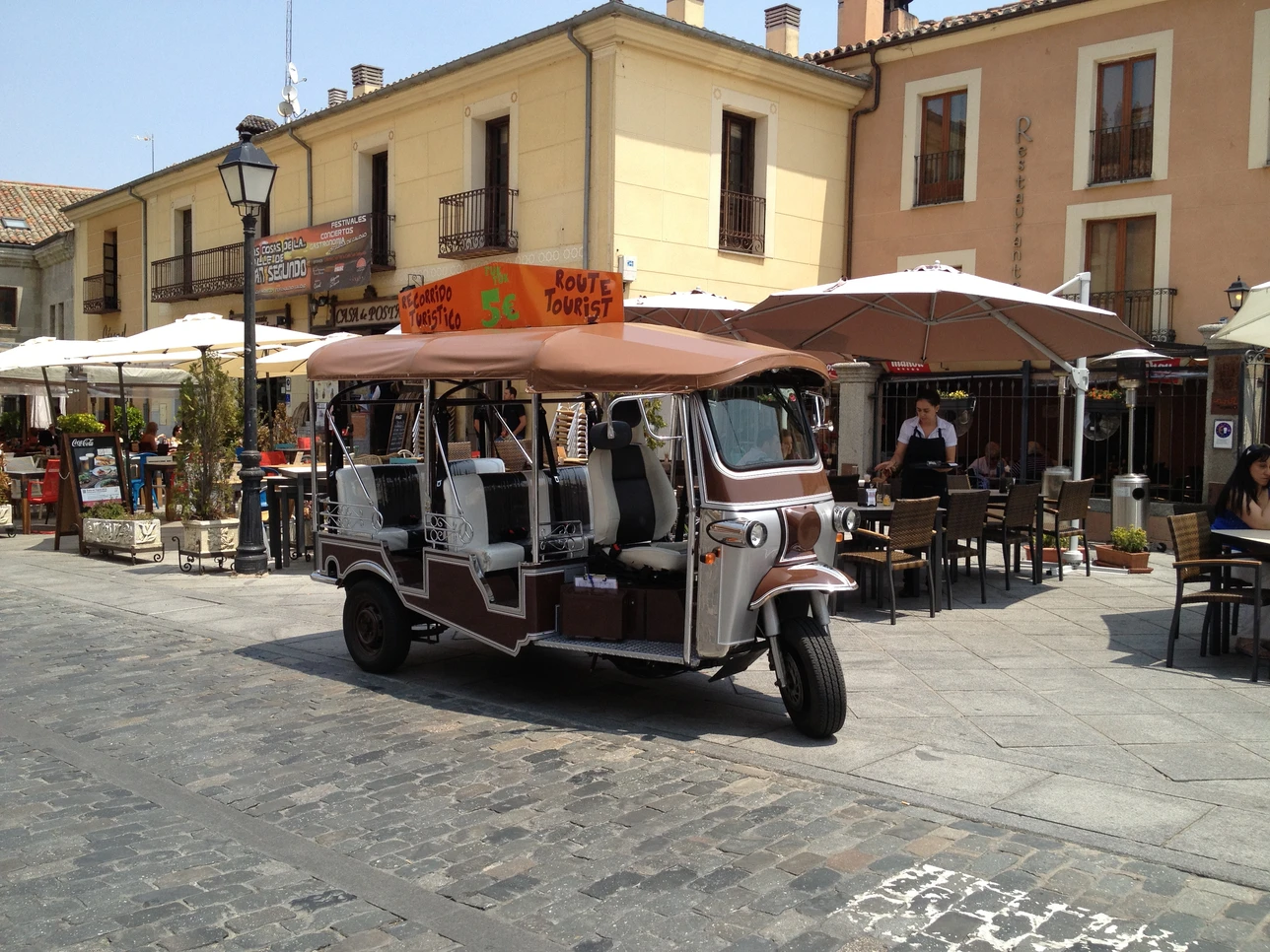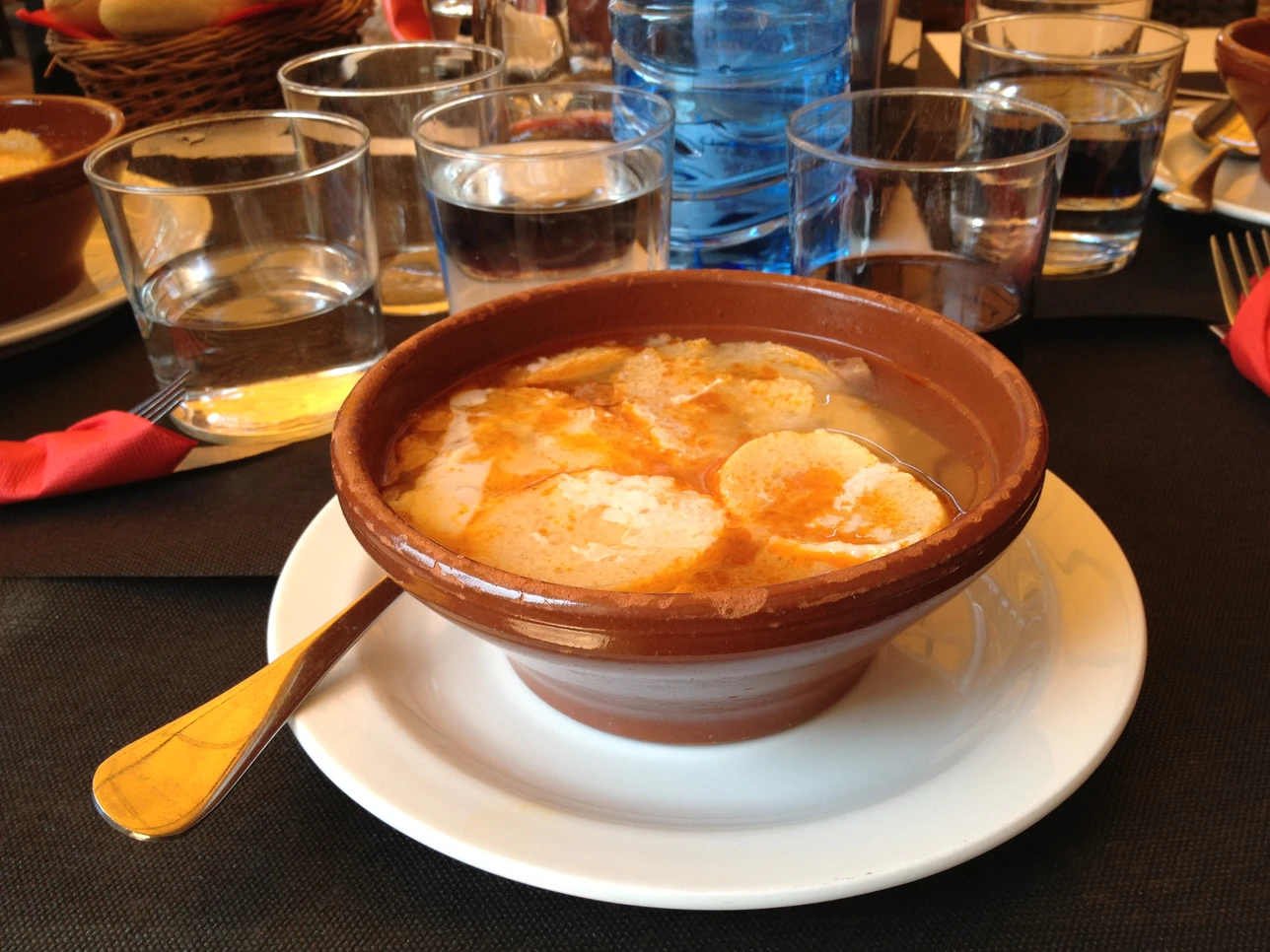Culinary Introduction to Avila
- AMCL Schatz

- Jul 10, 2023
- 2 min read
For lunch, my travel amigas and I decided to pick a place closest to the gate where we were supposed to meet our Tour Director. Along Calle de San Segundo, right outside the Tourist Information Office, was a line of hostels, restaurants, and bars, mostly with outdoor patio seating along the pedestrian street. After quickly scanning the menu posted outside, we went to Restaurante Casa de Postas, a steakhouse that had a beautiful, covered terrace, as well as a huge trellis outside for al fresco dining.
We were quickly given a table under the trellis, which was good because we had a clear view of our meeting place. We also opted for the set menu consisting of three courses (you could choose your own combination) that come with bread and drinks. The price was reasonable for 10 euros and we figured we would get our food faster this way, since we did not have much time left. We told our server that we needed to be done in 40 minutes and he took it to heart. Within a few minutes, our first course arrived.
We all ordered the Sopa Castellana, a hearty shepherd’s soup with jamon serrano, day-old bread pieces, red pepper, olive oil, paprika, and lots of garlic. It was simple but very flavourful.
For my second course, I went with the Merluza a la Plancha or grilled hake fish, a lean, white fish similar in texture to cod and is popular in both Spain and Portugal. My fish dish came with carabineros coral (also called “scarlet shrimp”), a deep-sea prawn from the Eastern Atlantic known for their jumbo size and striking red colour which does not change when cooked. In fact, this particular shade of red is reminiscent of the Spanish customs police uniform, hence, the name. My fish was cooked perfectly and the shrimps certainly had a more robust flavour than any other shrimp I have tasted (with the exception of the fresh water prawns found in the rivers of my hometown in the Philippines).
My three amigas tried other Spanish specialties – the Cachopo (a traditional Asturian dish consisting of two veal fillets with ham and cheese in-between, breaded in eggs and breadcrumbs, and deep-fried), the Pimientos Rellenos de Morcilla de Burgos (peppers stuffed with black pudding, Burgos-style), and the Chuleton de Avila (veal T-bone steak). Apparently, the best beef from Avila is exclusively from the Iberian-Avileña black breed cattle raised mostly in the meadows of Castile-Leon and Extramadura and is known for being firm, moist, and fine-textured. My friend’s steak even had that little flag identifying it as carne de Avila (“meat from Avila”), a designation granted by the province’s meat regulatory board.
We had a taste of each other’ orders and they were all very delicious. We also sampled some local wines. For dessert, we all had the egg flan with homemade cheese.
Photo Credits:
viator.com, expedia.ca, spain.info, catholic.org, voyagevirtuel.info, terranostrum.es, casadepostas.com






















Comments